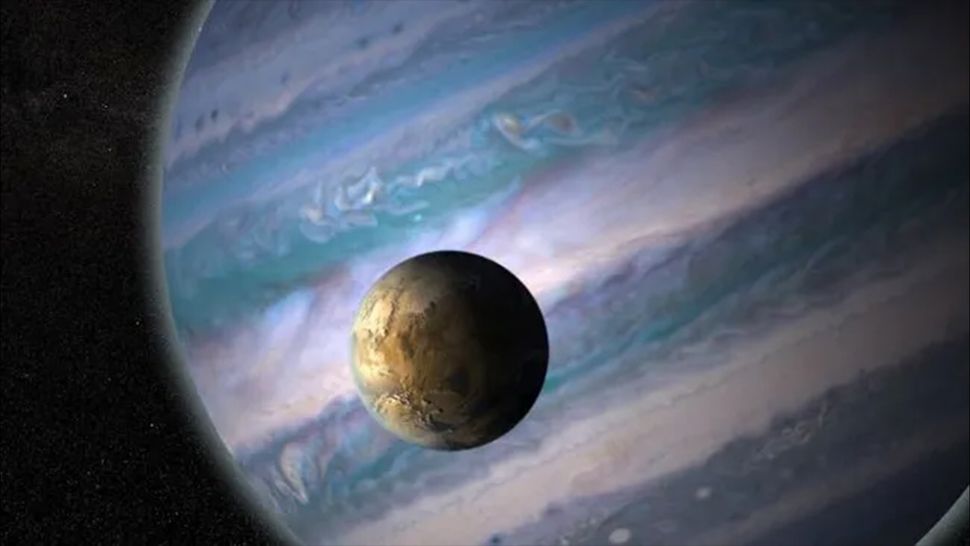Are they exomoons or not? Scientists debate existence of 1st moons seen beyond our solar system
By Robert Lea( space.com ) published about 4 hours ago
Team "pro-exomoon" is back to defend the discovery of the first and only exomoons potentially seen by humanity.
 .webp
.webp
An illustration of an exomoon orbiting a planet outside the solar system. (Image credit: NASA GSFC/Jay Friedlander and Britt Griswold)
Astronomers always knew spotting moons around planets outside the solar system would be no mean feat — but a debate currently raging in planetary science circles shows just how tough detecting these so-called exomoons is going to be.
The story begins in 2018, when astronomers including David Kipping, an assistant professor of astronomy at Columbia University, believed they'd made their first detection of an exomoon. The subject was found around exoplanet Kepler-1625b, a Jupiter-like world located around 8,000 light years from Earth. It was initially spotted with the Kepler Space Telescope.
Upon its alleged discovery, Kepler-1625b's moon was aptly dubbed "Kepler-1625 b I." Later, it was seemingly further confirmed with data from the Hubble Space Telescope. Then, in 2022, another team, also including Kipping, appeared to have discovered a second exomoon, this time with the Kepler Space Telescope alone. This subject was supposedly seen orbiting Kepler-1708 b, a gas giant located around 5,400 light-years from Earth with a mass 4.6 times that of Jupiter. The potential second exomoon had a similar name to the first; it was designated "Kepler-1708 b I."
An exomoon discrepancy
The technique used to detect these two exoplanets is similar to the transit method, which has delivered a great swath of the over 5,000 planets in the exoplanet catalog thus far.
More:
https://www.livescience.com/space/exoplanets/are-they-exomoons-or-not-scientists-debate-existence-of-1st-moons-seen-beyond-our-solar-system
 .webp
.webp